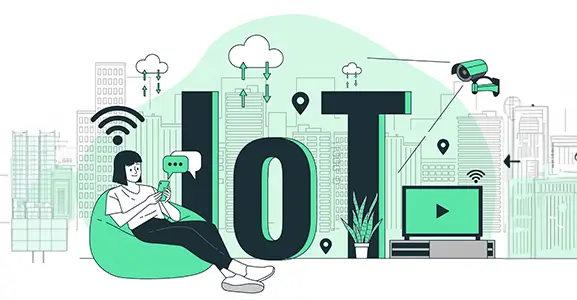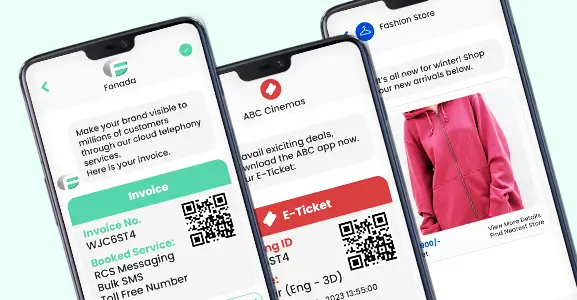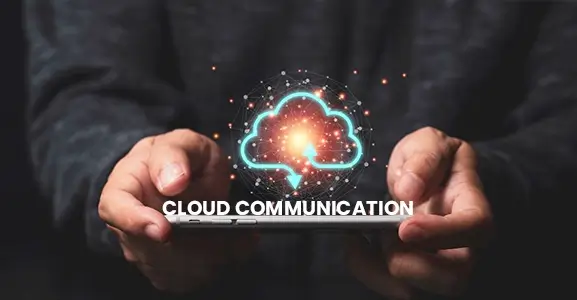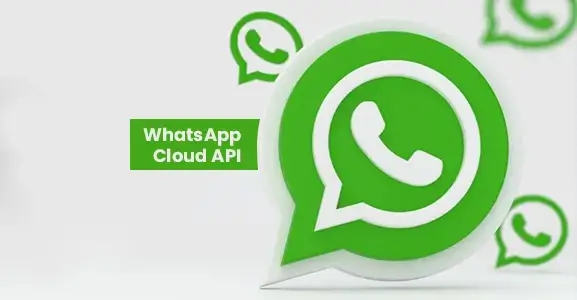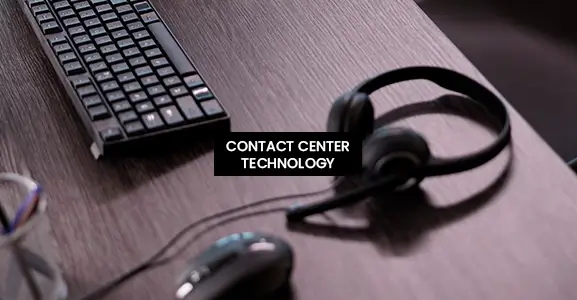The Internet of Things (IoT) or IoT technology is now a well-established technology that is constantly evolving and improving. Its implementation has become widespread across various sectors worldwide, and in recent years, the telecom industry has shown significant growth in its use of IoT solutions. The global IoT market was estimated at $389 billion and is predicted to exceed $1 trillion by 2030.
The number of IoT-connected devices is expected to triple during this period. IoT-based initiatives have become a must for telecom businesses to embrace the digital age, gain a competitive advantage, and take advantage of modern technology possibilities. Innovative and personalized approaches are a priority for businesses to succeed.
This content sheds light on information about ‘what is IoT and how IoT technology solutions help the telecommunication industry make a great impact. Also, find how businesses can benefit from its implementation to drive revenue growth.
Introduction (What Is IoT)
The Internet of Things is shortened as IoT and is also known as IoT full form, meaning IOT stands for it.
What Is IoT Technology?
The telecommunication industry uses this technology to describe a network of connected devices and technology that enables communication between these devices and the cloud and between them. The recent availability of low-cost computer chips and high-speed telecommunications has resulted in the proliferation of billions of internet-connected devices. These devices, including ordinary items like toothbrushes, vacuums, cars, and machines, are equipped with sensors that collect data and respond intelligently to user needs.
IoT technology enables the integration of everyday objects with the internet, and computer engineers have been incorporating sensors and processors into everyday items since the 1990s. Initially, progress was slow due to the size and bulk of the chips. The use of low-power RFID tags to track expensive equipment was an early application of IoT technology. However, as computing devices became smaller and more powerful, these chips also evolved to become smaller, faster, and more intelligent.
Read More: 10 Mobile Messaging Tips To Optimize Your SMS Campaign
Features Of IoT
IoT devices have several features that make them useful in the present digital scenario.
Connectivity
The first feature is connectivity. IoT devices need a fast, safe, and secure connection to interact and communicate with each other. They can connect via radio waves, Wi-Fi, Bluetooth, or wires, and connect devices with cross-domain technology like cloud computing, artificial intelligence, and blockchain technology.
Scaling
The second feature is scalability. IoT systems can be scaled up or down according to demand to handle workload during peak demand hours.
Sensing
The third feature is sensing. IoT devices gather information about their surroundings and analyze the data to take action, helping in automation by gathering information that humans would otherwise do.
Analyzing
The fourth feature is analyzing. IoT gathers raw data to extract something meaningful out of it. Analyzing the raw data is necessary because, if processed properly, it can be very useful.
Artificial Intelligence
The fifth feature is artificial intelligence. IoT becomes even more useful when combined with artificial intelligence, enabling the devices to understand their surroundings better and perform better.
Smaller Devices
The sixth feature is that devices and equipment are getting smaller and smaller, delivering precision and performance and enhancing our quality of living.
Dynamic Nature
The seventh feature is the dynamic nature of IoT systems, changing according to their environment.
Active Engagement
The eighth feature is active engagement, allowing IoT devices and products to gather and manipulate data to make it useful.
Integration
The ninth feature is integration, combining cross-domain technologies to provide users with a wonderful experience.
Automated
The tenth feature is automation, making life and business easier.
Security
The eleventh feature is security. Proper security measures must be implemented while designing an IoT system to prevent a breach of security.
Endpoint Management
The twelfth feature is endpoint management, which is critical to ensure the success of IoT systems.
Read More: Top 10 Advantages Of Telemarketing For Your Business
IoT Communication Models
The Internet of Things (IoT) is becoming pervasive and will eventually enable seamless communication between devices. Understanding how various IoT devices communicate with each other is crucial for operational perception. Communication models used in IoT are highly valuable as they enable people and things to connect anytime, anywhere, using any network and service. There are four main types of communication models in IoT.
Request-Response Model
The first is the Request-Response Model, which follows a client-server architecture. The client requests information from the server in an encoded format, and the server fetches data from the database and converts it into a response that is guided back to the client.
Publisher-Subscriber Model
The second model is the Publisher-Subscriber Model which involves three entities: Publishers, Brokers, and Consumers. Publishers send data to topics managed by brokers, which in turn send the data to the appropriate consumers. Publishers are unaware of consumers; brokers only have information on the topic and consumer relationship.
Push-Pull Model
The third model is the Push-Pull Model, consisting of data publishers, consumers, and data queues. Publishers push messages or data into the queue while consumers pull data out of the queue. This model helps to decouple messaging between the producer and consumer and acts as a buffer when there is a mismatch in data push or pull rates.
Exclusive Pair
The fourth model is the Exclusive Pair, a bidirectional full-duplex communication between the client and server. The connection is open until the client sends a request to close it, and the server maintains a record of all open connections. This is a stateful connection model, and the server is aware of all open connections. The WebSocket based communication API is based on this model.
Who Benefits The Most From IoT?
IoT technology is revolutionizing the automobile industry by enabling connected cars. Car owners can now operate their vehicles remotely using IoT, such as preheating the car before getting in or summoning the car via phone. Moreover, IoT allows for device-to-device communication, enabling cars to book their own service appointments.
This connectivity also allows car manufacturers and dealers to shift away from the traditional model of car ownership towards a continuous customer relationship. Instead of selling cars, manufacturers can charge usage fees and offer transportation-as-a-service using autonomous cars. With IoT, cars can be upgraded continuously with new software, unlike the traditional model where vehicles depreciate in performance and value.
- Automotive
- Healthcare
- Manufacturing
- Public sector
- Retail sector
- Transportation and logistics
- General safety across all industries
Advantages Of IoT
Organizations that can benefit from the use of sensor devices in their business processes are best suited for IoT. Manufacturing companies can use sensors to monitor production lines and detect equipment failure, allowing them to perform proactive maintenance and improve asset performance management. The automotive industry can also benefit from IoT applications by detecting equipment failure in vehicles and providing recommendations to drivers.
Transportation and logistics companies can use IoT to reroute fleets and monitor inventory, particularly for temperature-sensitive goods. Retail companies can use IoT to manage inventory and provide a better customer experience. The public sector can use IoT to notify users of outages and deploy resources more efficiently. In the healthcare industry, IoT can be used to track patient-assistance assets and improve worker safety in hazardous environments. Overall, IoT can be used to track physical assets, monitor human health, and improve safety across all industries.
What Is The Difference Between IT And IoT ?
IT (Information Technology) and IoT (Internet of Things) are related concepts but have distinct differences. IT refers to the use of digital technologies for storing, processing, and transmitting information. This includes computers, software, and network infrastructure. In contrast, IoT refers to the interconnection of physical devices through the internet, such as smart home devices and industrial sensors.
The scope of IT is broad, covering a wide range of digital technologies and services, while IoT focuses specifically on connecting physical devices. IT deals with digital data generated by humans, whereas IoT deals with data generated by machines and sensors. IT uses traditional networking technologies like Ethernet and Wi-Fi, while IoT relies on specialized networking technologies like Bluetooth Low Energy and Zigbee optimized for low-power and low-bandwidth devices. IT applications are designed for human interaction, while IoT applications focus on machine-to-machine communication and automation.
Overall, while IT and IoT share some similarities, they have different focuses and requirements.
Read More: How Cloud Telephony Can Help You Alleviate Customer Experience ?
What Is The Future Of IoT?
The future of the telecom industry seems bright with the rapid adoption and extensive development of the Internet of Things. However, it’s clear that the full implementation of these innovations will require time, experience and practice from operators, developers, and consumers. But the long-term investment in IoT will certainly pay off.
In the coming years, established telecom companies and start-ups are expected to offer IoT services in different segments. The integration of IoT and the telecom industry is set to provide a solid competitive advantage, optimizing productivity, enhancing service quality, unlocking new opportunities, increasing customer loyalty, boosting profits, and leading the telecom industry to success.
What Is IoT In Cloud Computing Services?
Cloud platforms offer a range of services that enable Internet of Things (IoT) devices to interact with cloud services, other applications, and even other IoT devices. These platforms provide central management, monitoring, and control of IoT devices.
One of the benefits of cloud IoT platforms is scalable storage, such as Amazon Simple Storage Service (Amazon S3), which allows organizations to increase or decrease their data storage requirements as needed. This is particularly useful for IoT applications that generate large volumes of unstructured data that must be stored without sacrificing device performance.
Cloud-based IoT platforms also provide straightforward, reliable, and secure device connectivity between physical IoT devices and cloud services, allowing organizations to connect thousands or millions of devices to the cloud without managing servers and networking equipment.
The cloud supports powerful analytics capabilities, such as predictive modeling, statistical analysis, and machine learning, which enable organizations to gain real-time insights into large datasets generated by IoT devices. Additionally, IoT data can be combined with other relevant data stored in the cloud to extract meaningful insights for organizations.
Identity and Access Management (IAM) is used to protect IoT device data in the cloud through authentication and authorization services. This allows organizations to grant or deny access to services and resources in the cloud for large numbers of users with different access needs. IAM controls enable organizations to comply with security and regulatory requirements for sensitive information stored and accessed in the cloud.
Telecomm Business Growth And IoT
Various studies show that IoT solutions can save businesses up to $1.2 trillion in operational costs. The ROI is rapid, with cost savings achieved from the first days of implementation, making it attractive to both telecom startups and leading enterprises. Many telecom companies, including O2, AT&T, Telefónica, NTT Docomo, SK Telecom, Vodafone, and Deutsche Telekom, have already implemented IoT-based solutions and have reported significant benefits. For example, AT&T has saved nearly one million dollars annually by managing energy consumption using IoT, and Telefónica now manages over 40 million IoT connections across various technologies.
The Internet of Things (IoT) use in the telecommunications industry is rapidly changing the technological landscape, creating new opportunities for telecom businesses. It is predicted that by 2025, 38.6 billion IoT devices will be in use worldwide, which presents a significant opportunity for telecom operators.
IoT has the potential to revolutionize the telecommunications market by changing the roles of service providers and enabling communication between people and devices. Telecom companies need to develop new IoT solutions for their customers to take advantage of these opportunities.
IoT plays a key role in improving the world around us by making objects smart, connected, and able to interact with each other. It also automates workflows, contributing to the emergence of a new communication network designed based on 5G to meet industry needs. With 5G, the telecom sector is generating a unique network that allows next-generation IoT products to be applied in several verticals by introducing revolutionary new approaches.
IoT effectively bridges the digital and physical environments and connects billions of devices and data across the globe, enabling telcos to transform their models and grow their business, becoming market leaders.
Read More: What Is Internet Communication & How Can We Communicate Over The Internet?
Conclusion
With the content above, it is clear what IoT is and how it is set to revolutionize the telecommunications industry by enabling a vast array of interconnected devices and services. The integration of IoT with telecommunications will create new opportunities for businesses to optimize productivity, enhance service quality, and boost customer satisfaction.
IoT devices produce large volumes of data, which can be securely stored, analyzed, and reported in the cloud using specialized cloud platforms. As the telecommunications industry continues to evolve, it is clear that IoT will play a crucial role in shaping its future.
When you need to know what is IoT, professional and competent IoT services and telecommunication solution providers in India can help you with quality business communication solutions. The implementation of IoT in telecom may take some time. However, it is a long-term investment that will undoubtedly pay off, unlocking new opportunities and leading the industry to success.
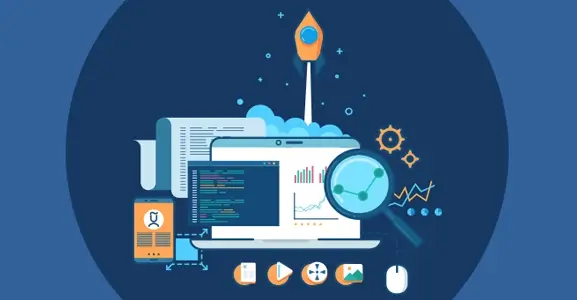
Dec 11, 2024
Top Contact Center Optimization Tools For 2024
“A thriving business knows how to fetch maximum output from limited resources by optimizing ca... Read More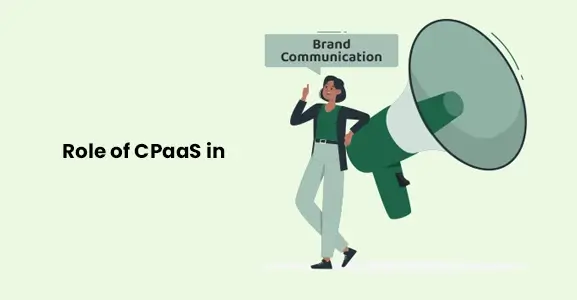
Nov 13, 2024
What Is Brand Communication? CPaaS Role Explained
Did you ever wonder why some advertisements grab your attention instantly, while others do not? The... Read More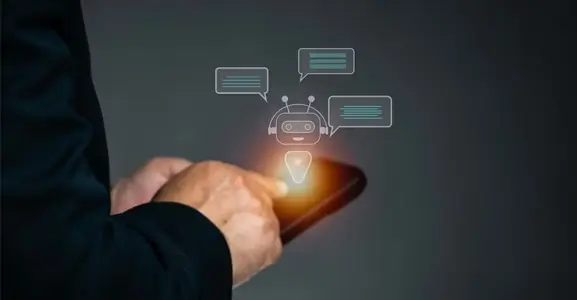
Nov 01, 2024
What Is Automated Messaging And How Does It Work?
Automated messaging or text automation empowers businesses and marketing professionals to connect wi... Read MoreLatest Updates
From Fonada
Industry Insights, Trends, Innovations, Updates, and Case Studies from Industry Experts
View
Customer
Reviews
Discover why our customers love us - read their authentic and heartfelt reviews!
View
Case
Studies
Explore real-life scenarios, offering analysis, and solutions to practical challenges
View
Convert Leads Into Sales With Fonada
Trusted CPaaS Solution Provider

